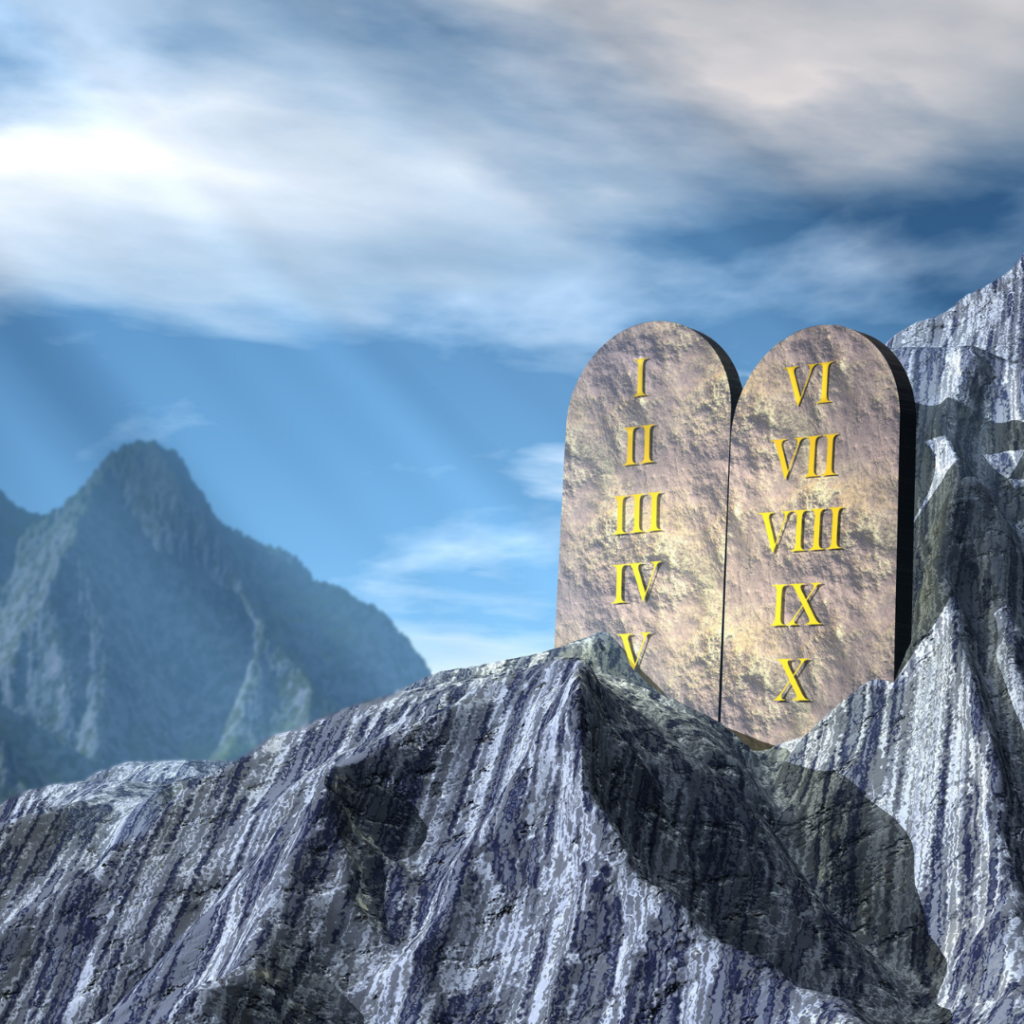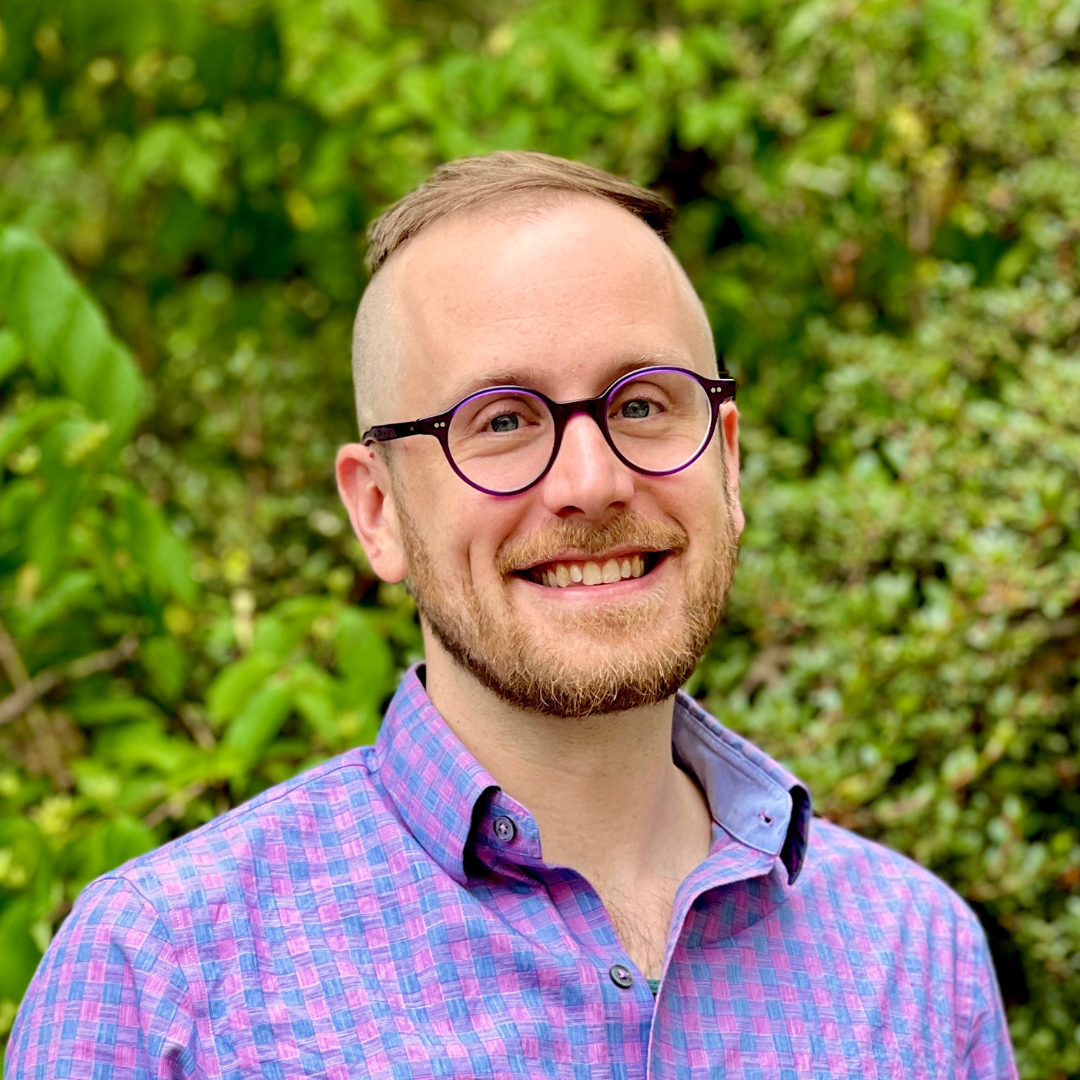Thousands of years ago in our mythic memory, Moses and the Israelites received Torah at Mount Sinai. This was a sacred moment Jewish communities will mark around the world with the upcoming holiday of Shavuot. Like so many holidays this year, we will also be bringing the pain, grief and anger that have lived within us since Oct. 7, 2023.

In addition to the pain over what has happened, and continues to occur in Israel and Gaza, many of us have also felt pain over how these events have reverberated through our communities. This includes both the divisions and animosity within Jewish communities as well our relationships with non-Jews. This may leave us with the question, “How do we celebrate Shavuot during this crisis?”
On the first day of Shavuot, our Torah reading from Exodus 19-20 tells the story of the Israelites camping at the base of Mount Sinai as Moses journeys to the top, as well as the recitation of the ten commandments. While this is the pinnacle of the revelation narrative, the pinnacle only makes sense in the context of the ascent.

When we encounter these chapters in our weekly Torah reading in parashat Yitro, the story begins with Moses greeting Yitro, his father-in-law. After they exchange pleasantries and praise of God, Moses gets down to business, serving as magistrate for the people “from the morning until the evening” (Ex. 18:13). Yitro, a Midianite priest presumably with experience in religious communal leadership, realizes that Moses’ current model of leadership is not going to work. He admonishes Moses, “The thing you are doing is not good. You will surely wear yourself out, and these people as well. For the task is too heavy for you; you cannot do it alone” (Ex. 18:17-18).
While very different from our current crisis, we encounter Moses and the Israelites amidst a crisis of freedom and leadership. They are in a liminal moment between their servitude to Pharaoh and their service to God, and between the oppressive structures of Mitzrayim and the new social order they will build and evolve in the wilderness.
Amidst these crises, Yitro goes on to suggest a model of distributed leadership that enables Moses to share the burden, allowing Moses a little more flexibility in his schedule. It is only a few verses later in Exodus 19 that we find Moses on Mount Sinai urging the people to prepare for revelation.
We can read the story of revelation as only having been possible because of this suggestion from Yitro and Moses’ humble willingness to learn from his Midianite father-in-law. Without Yitro, Moses would likely have been too busy dealing with the questions and challenges of Israelite leadership to have had 40 days to spend on Mount. Sinai. The Israelites would not have received Torah without the wisdom of a Midianite priest.
As we turn toward revelation this year, I am wondering about who the Yitros are in our lives. Who are the people who may be unexpected sources of wisdom, particularly across difference.
Without Yitro, Moses would likely have been too busy dealing with the questions and challenges of Israelite leadership to have had 40 days to spend on Mount. Sinai. The Israelites would not have received Torah without the wisdom of a Midianite priest.
While Torah and Jewish wisdom are central to what guides us as a people, Torah itself teaches us that our greatest wisdom is only possible alongside relationships across difference. We can only become the people we were meant to be by listening to those with beliefs that are different from our own, be they religious, political, or otherwise.
One debate in the Talmud (Sanhedrin 94a) grapples with just how different Yitro was from the Israelites. The debate involves Rav and Shmuel, two of the great Jewish scholars from the early 200s CE and who were also in debate with each other. According to Rav, Yitro circumcised himself and joined the Jewish people. According to his hevrutah (learning partner) Shmuel, Yitro was pained by the downfall of Pharaoh and his people. For Rav, Yitro threw his lot in with the Jewish people, while Shmuel held that Yitro sympathized with our oppressors. The Talmud does not resolve this debate, merely offering us these two possible interpretations of Yitro’s relationship to the Israelites.
In times of crisis, in times of war, and in times of persecution of our people, it can be hard to know who to trust. Who can we open our hearts to? Who has our best interest in mind and who sympathizes with our oppressors? Difference is hard. Sometimes, difference can even be dangerous.
While it can be tempting to fall into the dichotomy set up by Rav and Shmuel of assuming that others are either with us or against us, the truth is usually much more complicated than that.

Understanding Yitro as part of our story of revelation challenges us to remember that difference, while challenging and at times threatening, can also be revelatory. Difference can be holy. Difference can be the very thing we need to grow, to learn and to forge a covenant.
This Shavuot, may we be inspired by Moses’ willingness to learn across difference, and may the results be just as revelatory.











